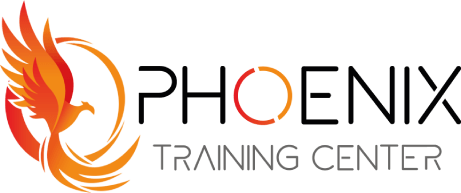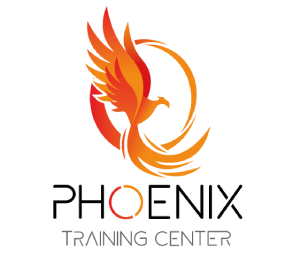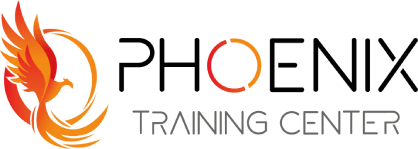In an increasingly interconnected world, the ability to communicate effectively in English is a valuable asset for teachers, irrespective of their subject expertise. English proficiency not only opens doors to a wealth of educational resources but also enables educators to connect with a broader educational community. For teachers looking to improve their English, whether as a first or additional language, the journey involves dedication, practice, and the right strategies.
Embracing a Culture of Continuous Learning
The quest to improve English proficiency is anchored in a culture of continuous learning and growth. Just as educators encourage their students to be lifelong learners, they too must embody this principle. This journey can begin with setting specific, achievable goals for language improvement. Whether it’s expanding vocabulary, mastering grammar, or becoming more fluent in conversation, setting clear objectives provides direction and motivation.
Incorporating English into Daily Routines
One of the most effective ways to improve English proficiency is by integrating the language into everyday life. This could involve switching to English for daily tasks, such as reading news articles, watching television shows, or listening to podcasts in English. The key is consistent exposure to the language in various contexts, which enhances comprehension and builds confidence in using English in everyday situations.
Engaging with English-Speaking Communities
Participating in English-speaking communities, both online and offline, offers invaluable practice in real-life communication. Teachers can join English-speaking educational forums, attend workshops, or participate in language exchange meetups. Engaging with native speakers and other learners provides a practical, immersive experience that textbooks alone cannot offer.
Utilizing Educational Technology
The digital age has brought a plethora of tools and resources to aid language learning. Online courses, language learning apps, and educational platforms offer structured and interactive ways to improve English skills. These resources often include exercises in reading, writing, speaking, and listening, providing a comprehensive approach to language learning.
Practicing Reflective Language Learning
Just as reflective teaching is crucial, so is reflective language learning. Educators can benefit from regularly assessing their language skills, identifying areas for improvement, and adapting their learning strategies accordingly. Keeping a language learning journal, recording one’s speech, and seeking feedback from proficient English speakers are effective ways to practice reflective language learning.
Conclusion
Improving English proficiency is a journey of continuous effort and exploration. For teachers, this journey not only enhances personal language skills but also enriches their teaching practice, opening up new horizons in their professional landscape. By embracing daily language practice, engaging with English-speaking communities, leveraging educational technology, and practicing reflective learning, educators can significantly improve their English proficiency, thereby enhancing their effectiveness and reach as teachers in a global educational environment.












